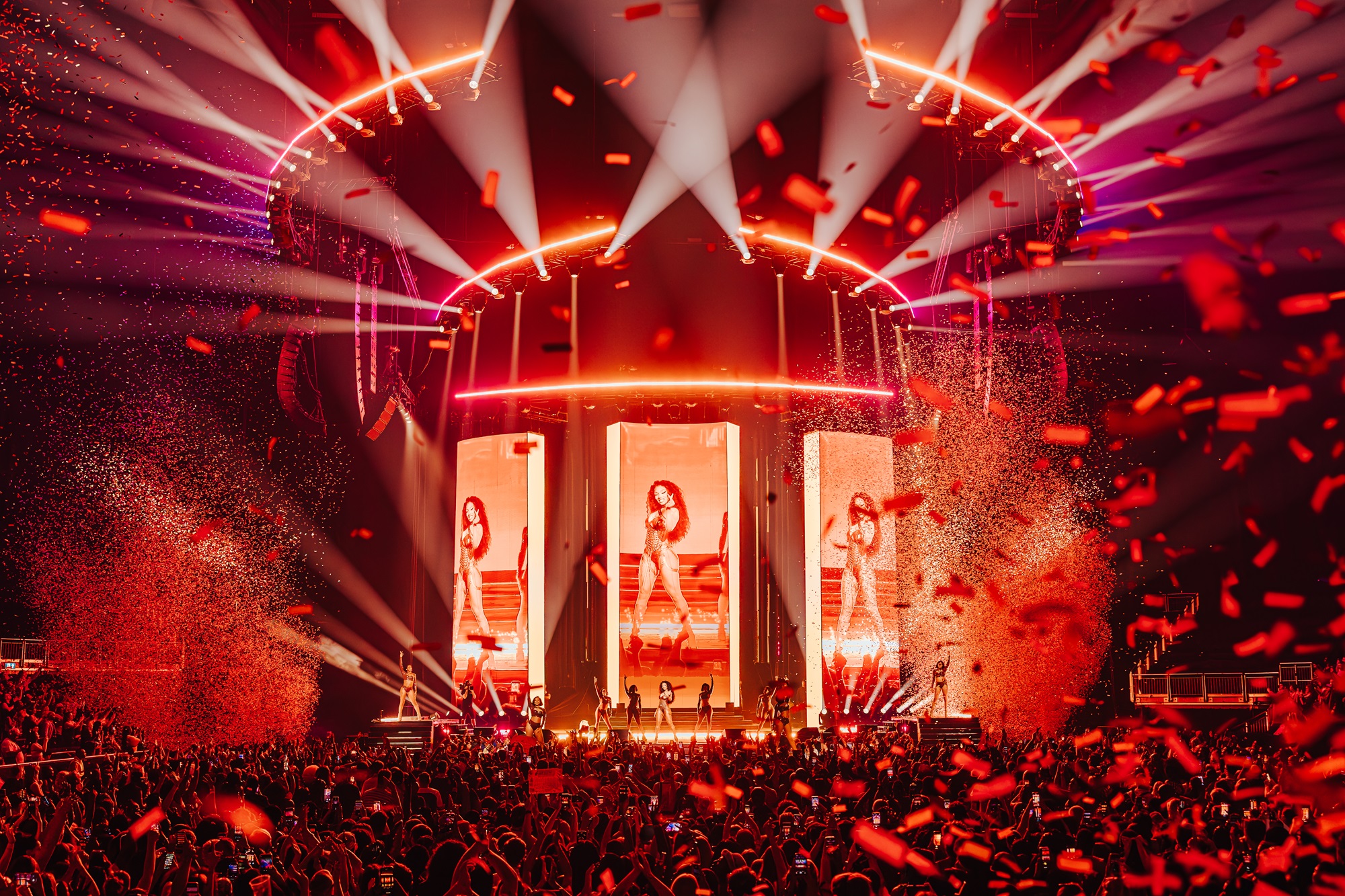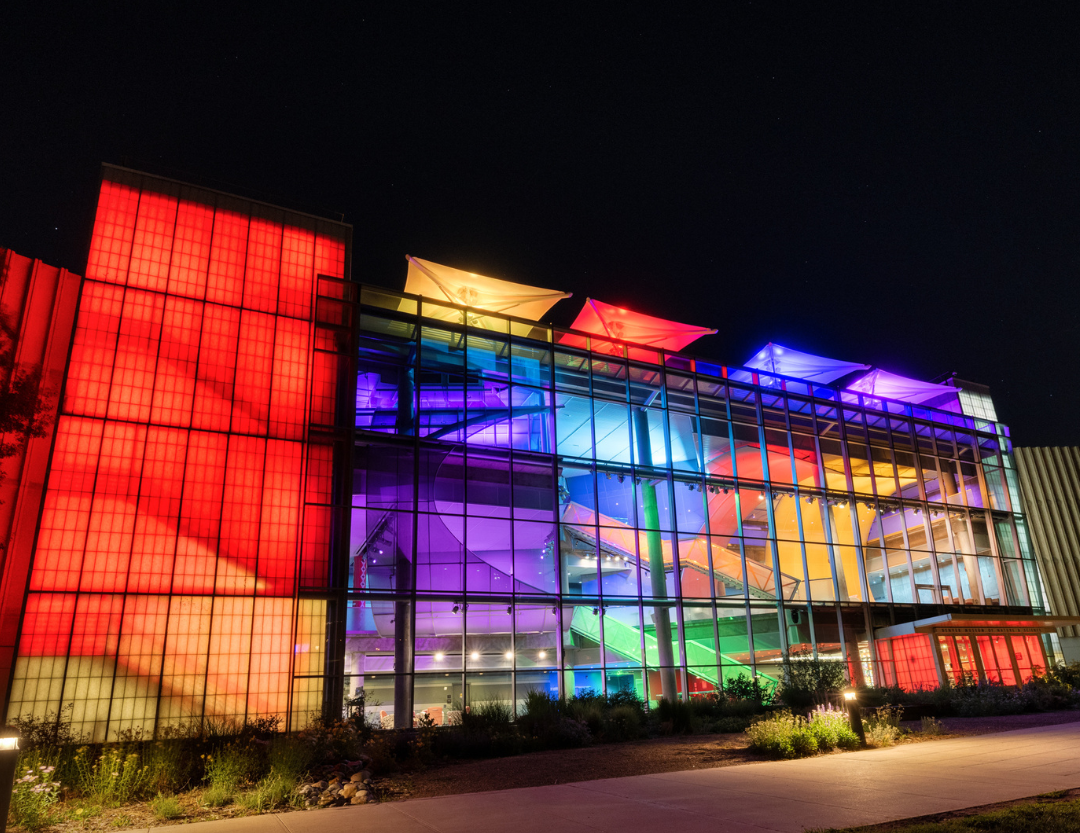MARSHALLTOWN, IA — Clients of Mechdyne Corporation, a visual systems design and integration company, are getting an assist from the Vista Spyder display processor from Phoenix-based Vista Systems for their various needs and applications. Mechdyne — consultants and developers of immersive, networked and collaborative visualization solutions — turns to the Vista Spyder for the delivery of integrated visuals. Mechdyne’s Boone Oshel, systems and applications manager, uses the Vista Systems Spyder as one of the main tools for video wall control, for example.
“A lot of our clients — who use it for learning centers as well as command and control centers with multiple, simultaneous images on-screen — find they can use it for a number of functions such as re-arranging windows and routing sources, which they can do with minimal or no training.”
One Mechdyne customer who benefits from the Vista Spyder is Hess Oil. The Hess Oil training compound houses a three-screen setup with an eight-window center-screen including stereo 3D graphic displays. Using this display, students resize, maneuver and interact with visuals to create their own layouts with the Vista Systems Spyder.
“Government systems is also a huge market for us,” said Oshel. “For that domain, the Vista Systems Spyder can be utilized for razor-sharp output in multi-projector video wall projects implementing window/tile methodology for news feeds, course material and other content.”
One government customer is Sandia National Laboratories. With missions in the homeland security, energy, defense systems, science and technology realms, Sandia uses large-scale visualization systems for review of complex designs and assemblies, multi-site conferencing and conventional presentations/meetings. To meet the demand for multiple viewing modes utilizing concurrent feeds, the Vista Spyders have been deployed within the facility.
Sandia’s MESA (Microsystems and Engineering Science Applications) Microlab Design and Education Center is home to a 38-seat theatre with a 16-by-9-foot Mechdyne “Powerwall.” In addition to computer-generated data and video, Sandia-designed image capture and display systems integrate with the Vista Spyders, which are driven by a Crestron control panel.
“Sandia’s people found that their previous visual technology was limiting and falling short,” said Oshel. “It wasn’t as fluid to use. With the Vista Spyder, we’ve been able to round out what we want to give them.”
The Vista Systems Spyder video/widescreen display processor allows anyone from the producer to the technician to mix multi-sourced content and create various types of picture-in-pictures. Users can then define, shape and blend borders with error-free ease and finesse.
With up to 6.5-million-pixel display capacity from a single frame, the Vista Spyder offers multiple outputs from the same box with up to 2048 x 1200 resolution per output. The Vista Systems Spyder also offers low delay and a high aspect ratio.
“Vista’s tech support fleet is always available to work with us on updates and they’re open to our suggestions,” said Oshel. “This means that both we and our clients get live feedback for precision customization. Remote and control system communications to the Vista Spyder is quite efficient. All of this support means that we can add even more value to the new extreme resolution projectors that are on the market.”
“A couple of our clients told us that they replaced other vendors’ windowing systems with the Vista Spyders,” Oshel added. “The Vista Spyders put them ahead of the game because they are on the cutting-edge of windowing display technology.”
For more information, visit www.vistasystems.net.


